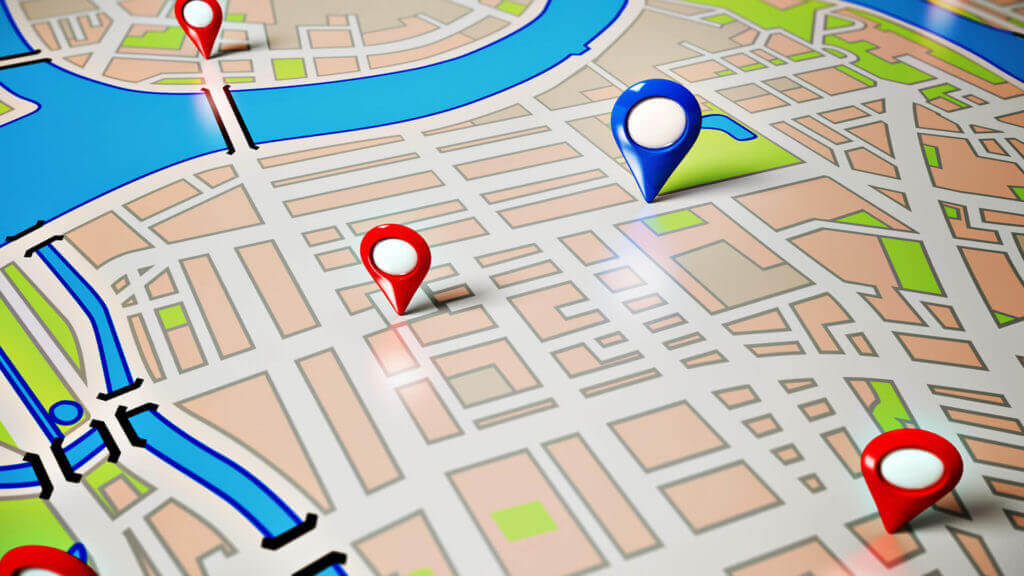
Most people planning a vacation start with a Google search. That’s why you work so hard to optimize your search results placement with SEO strategies. And you should.
NB: This is an article from WebRezPro
But it’s not all you can be doing to make the platform work for you. Managing your Google My Business listing is an important step for staying competitive on the powerful search engine.
What it is
Google My Business is a free, online tool that allows you to control how your business appears across Google. A listing for your property, curated by you, appears on Google Maps and in the Knowledge Graph (the info-box on the righthand side) of search results. It’s like an online storefront. Users can see your property, and relevant information about it, before clicking onto your website—making your business more visible and more accessible to potential guests.
Where to start
The first step is to search for any existing listings for your business. While you may not have created one yourself, an unclaimed listing may exist—in which case you’ll need to claim it. Otherwise, visit the Google My Business page and click ‘Start Now.’ From there you’ll need to create an account, verify your business, and then begin managing your listing.
Managing your listing
Categories >> You’ll need to choose a primary category that represents what type of business you are. This helps Google list your business appropriately and gives you access to category-specific features. Hotel listings, for example, can add class-ratings and amenities to their entries. In addition to one primary category, you can choose up to nine others if appropriate for your business.
Business information >> This is obvious, but you’ll want to ensure all your business information is accurate and up-to-date. That includes things like your contact info and website URL as well as a description of your business. If you choose to upload a description (you should), it must be less than 750 characters and adhere to Google’s description guidelines.
Photo and video content >> Listings with photos experience 35% more clicks through to their website. So, don’t skip this step. Upload as many professionally shot photos that you need to tell your property’s story and inspire prospective guests. Within the bunch, you can identify a profile photo and cover photo so Google knows which ones you’d like to display first. Click here for Google’s full photo and video guidelines.
Reviews >> Google is always encouraging customers to leave reviews after visiting a business. It has turned the online juggernaut into the #1 review site in the world, and those reviews are included in your Google My Business listing. That’s a good thing because user feedback is significantly more trusted than traditional marketing. So make sure you are responding to these reviews as part of your reputation management strategy.
Updates >> Make listing updates a regular part of your management strategy. In addition to ensuring the accuracy of all information, and responding to reviews, you can post special offers and promotions directly on your listing. Keeping your Google My Business page fresh will help it stand out to potential guests.
Optimization >> Google My Business includes an analytics feature (called Insights) that allows you to understand how people are interacting with your listing. You can use it, for example, to determine how people are finding your listing, how many times they view it, and how often people ask for directions to your property.
Google My Business is a powerful marketing tool. Make sure you’re claiming and managing your listing to maximize its potential. And consider downloading the platform’s app to make the job as easy as possible.



